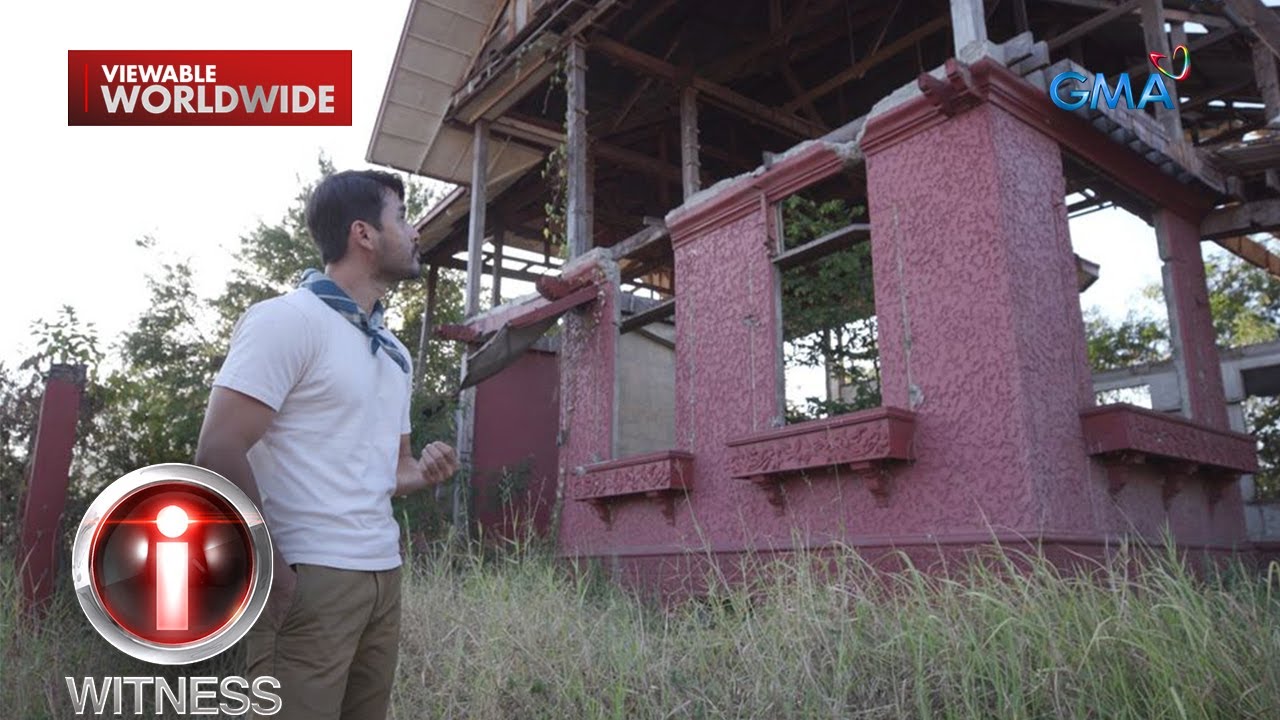Pagsakop Ng Japan Sa Pilipinas WWII (1941–1945) | Wars in the Philippines
Summary
TLDRThis script recounts the Philippines' World War II ordeal under Japanese occupation, detailing the events leading to the conflict, the battles, and the Filipino resistance. It covers Japan's resource-driven territorial expansion, the surprise attack on Pearl Harbor, and the subsequent invasion of the Philippines. The narrative includes the establishment of puppet governments, the hardships faced by the Filipino people, and the guerrilla warfare that persisted. It concludes with the American return and the eventual liberation of Manila, highlighting the resilience and determination of the Filipino people in their quest for freedom.
Takeaways
- 🌏 The script discusses the territorial expansion of Japan in East Asia during World War II due to a lack of natural resources like oil and rubber, leading to the invasion of the Philippines.
- 🇯🇵 Japan's military strategy involved removing American influence in Southeast Asia to control the region's resources, which was a key motive behind the attack on Pearl Harbor.
- 💥 The United States was caught off guard by the Japanese attack on Pearl Harbor, which marked the start of their active involvement in the war against Japan.
- 🏰 The fall of Bataan and the subsequent 'Death March' highlighted the brutality of the Japanese military and the suffering of Filipino and American soldiers.
- 🏛️ The Japanese occupation led to significant changes in the Philippines, including the establishment of a puppet government under President Jose P. Laurel.
- 📚 Despite the occupation, efforts were made to preserve Filipino culture and education, with the promotion of the Filipino language and history in schools.
- 🌾 Economic hardships were prevalent during the occupation, with food shortages leading to creative solutions like urban farming in vacant lots to alleviate hunger.
- 🛡️ The resistance movement in the Philippines, including guerilla groups, played a crucial role in providing intelligence and support to the Allied forces.
- 🗞️ Guerrilla newspapers were an essential tool for disseminating accurate information about the war and maintaining morale among the Filipino people.
- 🏳️🌈 The return of American forces in 1944 marked the beginning of the liberation of the Philippines from Japanese occupation, culminating in the Battle of Manila.
Q & A
Why did Japan expand its territory during World War II?
-Japan expanded its territory to gain access to natural resources such as oil and rubber, which were not available in Japan, to support their economic development and the needs of their people.
What was the role of the United States in the Philippines during the Japanese occupation?
-The United States, through the United States Army Forces in the Far East (USAFFE), initially tried to defend the Philippines but eventually retreated to the Bataan Peninsula and Corregidor Island. The US also provided support to Filipino guerrilla forces that resisted the Japanese occupation.
Why did Japan attack Pearl Harbor?
-Japan attacked Pearl Harbor to neutralize the American Pacific Fleet, which they saw as a threat, and to gain control over the natural resources in Southeast Asia without American interference.
What was the significance of the 'Death March' during the Japanese occupation of the Philippines?
-The 'Death March' was a brutal forced march of American and Filipino prisoners of war by the Japanese military, resulting in the deaths of thousands due to exhaustion, disease, and execution.
How did President Manuel L. Quezon respond to the Japanese invasion?
-President Quezon fled to Corregidor and then to the United States, establishing a government in exile, while urging the Filipino people to remain united and resist the Japanese occupation.
What was the 'Mickey Mouse money' mentioned in the script?
-The 'Mickey Mouse money' was the colloquial term for the devalued currency in the Philippines during the Japanese occupation, which had little value and required large amounts to purchase basic goods like rice.
What measures did Jose P. Laurel, as president under the Japanese occupation, take to protect the Filipino people?
-Jose P. Laurel, as president, implemented reforms and tried to negotiate with the Japanese for the benefit of the Filipino people, while maintaining a semblance of loyalty to the Philippines.
How did the Filipino people maintain their resistance during the Japanese occupation?
-Filipinos maintained their resistance through guerrilla warfare, forming groups that conducted sabotage, gathered intelligence, and published underground newspapers to inform the public about the realities of the occupation.
What was the significance of the Battle of Leyte Gulf in the Philippines' liberation?
-The Battle of Leyte Gulf was a significant naval battle that weakened the Japanese Navy, paving the way for the American forces to begin the recapture of the Philippines and eventually leading to the liberation of Manila.
How did the Filipino people react to the return of American forces to the Philippines?
-The return of American forces was met with joy and relief by the Filipino people, who had been holding onto the belief that the Americans would return and help liberate them from Japanese occupation.
Outlines

This section is available to paid users only. Please upgrade to access this part.
Upgrade NowMindmap

This section is available to paid users only. Please upgrade to access this part.
Upgrade NowKeywords

This section is available to paid users only. Please upgrade to access this part.
Upgrade NowHighlights

This section is available to paid users only. Please upgrade to access this part.
Upgrade NowTranscripts

This section is available to paid users only. Please upgrade to access this part.
Upgrade NowBrowse More Related Video

How did America Take The Philippines? - The History of The American Philippines (1899 - 1946)

FREEDOM FOR THE PHILIPPINES JAPANESE INVASION IN WWII THRU INDEPENDENCE DOUGLAS MACARTHUR 89234

Ang pagsakop at pag-abuso ng mga Hapon sa mga Pilipino noong World War II | I-Witness

The Japanese Occupation | GEC10

Cultural Policy during the Japanese Occupation | Dr. Ricardo T. Jose

Paglitaw ng Imperyalismong Hapon sa Ika 20 Siglo AP7 Q2 Week 7-8 (Part 1) #depedmatatag
5.0 / 5 (0 votes)